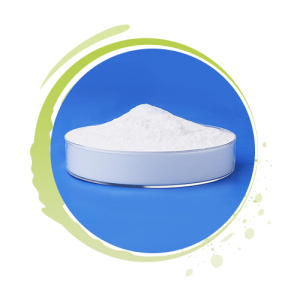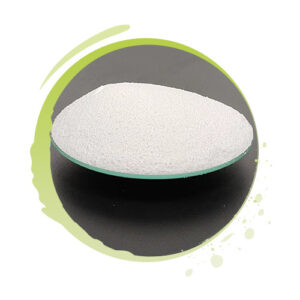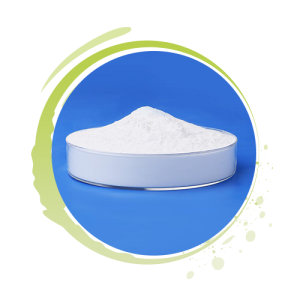Description
Sodium Acetate occurs as colorless,transparent crystals or as a granular,crystalline or white powder.The anhydrous form is hygroscopic;the trihydrate effloresces in warm,dry air.One gram of the anhydrous form dissolves in about 2mL of water;1 g of the trihydrate dissolves in about 0.8mL of water and in about 19mL of alcohol.
Specifications
| Name of index | FCC V | E262(i) |
| Identification | Pass test | Pass test |
| Assay(C2H3NaO2,on dried basis) % | 99.0-101 | ≥98.5 |
| Alkalinity, % | ≤0.2 anhydrous ≤0.05 trihydrate | — |
| Lead, mg/kg | ≤2 | ≤2 |
| Loss on drying% | ≤1.0 anhydrous 36.0-41.0 trihydrate | ≤2.0 anhydrous (120℃,4hours) 36.0-42.0 trihydrate (120℃,4hours) |
| Potassium Compounds% | Pass test | |
| PH(1% aqueous solution) | — | 8.0-9.5 |
| Arsenic g/kg | — | ≤3 |
| Mercury | — | ≤1 |
| Formic acid,formats and other oxidisable substances mg/kg | — | ≤1000 |
Applications : Buffer.
Packing :25kgs net paper bags.
Storage and transport : It should be stored in a ventilative and dry warehouse instead of in the open air, kept away from water, moisture and sunlight during transport, handled with care, so as to avoid damage to plastic bags. Furthermore, it should be stored separately from poisonous substances.
Shelf life : two years.




